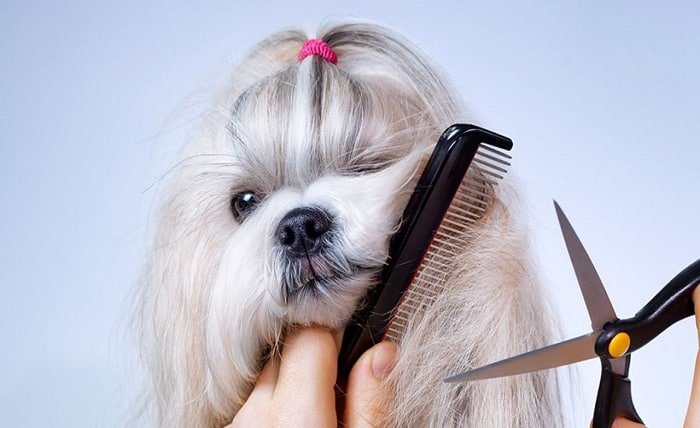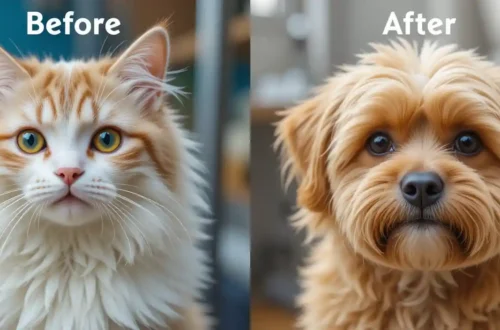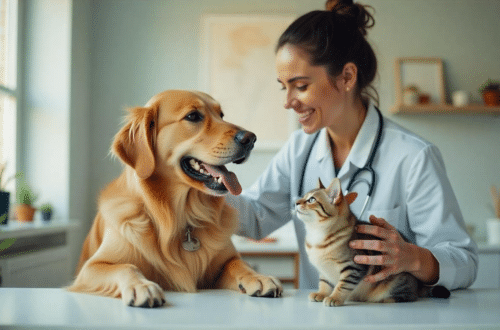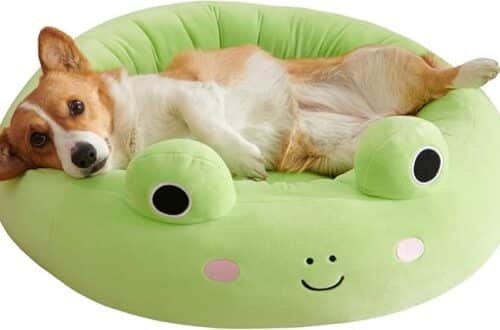Introduction
Pet grooming is an essential part of ensuring your pet’s health and happiness. Regular grooming not only keeps your pet looking great but also promotes good hygiene and prevents potential health issues. From brushing and bathing to nail trimming and ear cleaning, pet grooming involves a variety of tasks that cater to your pet’s specific needs. Whether you’re a seasoned pet owner or new to the responsibilities, understanding the importance of pet grooming can make all the difference in your furry friend’s life.
Why Pet Grooming Is Important
Pet grooming is more than just a beauty routine; it’s a vital aspect of your pet’s overall well-being. Regular pet grooming helps to:
- Maintain Skin and Coat Health: Brushing removes dead hair and dirt while distributing natural oils, resulting in a shiny coat.
- Prevent Health Issues: Grooming allows you to detect skin conditions, lumps, or parasites early.
- Improve Comfort: Removing tangles and trimming nails prevents discomfort for your pet.
- Strengthen Your Bond: Grooming sessions provide quality time with your pet, enhancing your relationship.
By prioritizing pet grooming, you ensure your pet stays comfortable, clean, and healthy, improving their quality of life.
Essential Pet Grooming Tools
To provide the best pet grooming experience, having the right tools is crucial. Here are some must-have pet grooming tools:
- Brushes and Combs: Choose tools based on your pet’s coat type—slicker brushes for long-haired pets and rubber brushes for short-haired breeds.
- Nail Clippers: Ensure you use pet-specific clippers to safely trim your pet’s nails.
- Shampoo and Conditioner: Opt for pet-safe products to avoid skin irritation.
- Ear Cleaners: Keep your pet’s ears free from wax buildup and infections.
- Scissors and Clippers: For trimming fur, especially for breeds requiring regular haircuts.
Equipping yourself with these pet grooming tools ensures your grooming sessions are effective and stress-free.
DIY Pet Grooming Tips
Grooming your pet at home can be a rewarding experience. Here are some practical DIY pet grooming tips:
- Start Slowly: Introduce your pet to grooming tools gradually to build comfort.
- Brush Regularly: Brush your pet’s coat weekly to prevent tangles and reduce shedding.
- Use Lukewarm Water: When bathing your pet, ensure the water temperature is comfortable.
- Trim Nails Carefully: Clip small portions at a time to avoid cutting into the quick.
- Clean Ears Gently: Use a vet-recommended cleaner and avoid inserting objects deep into the ear canal.
Consistency is key when it comes to pet grooming. With patience and practice, you can master the art of grooming at home.
Professional Pet Grooming Services
For pet owners who prefer expert care, professional pet grooming services are an excellent option. These services often include:
- Full-Service Baths: With specialized shampoos tailored to your pet’s needs.
- Haircuts and Styling: For breeds requiring specific grooming standards.
- Nail Trimming and Filing: Ensuring precise and safe nail care.
- Anal Gland Expression: A less pleasant but necessary hygiene practice.
- Teeth Cleaning: Promoting oral health and fresh breath.
Professional pet grooming is ideal for pets with special grooming needs or owners who lack the time or tools to groom effectively at home.
Pet Grooming for Different Breeds
Each pet breed has unique grooming requirements. Here’s a quick guide to breed-specific pet grooming:
- Long-Haired Dogs (e.g., Golden Retrievers): Require frequent brushing to prevent mats.
- Short-Haired Dogs (e.g., Beagles): Benefit from regular brushing to remove loose fur.
- Cats (e.g., Persians): Need daily brushing to maintain their thick coats.
- Small Pets (e.g., Rabbits): Require nail trimming and occasional coat brushing.
Understanding your pet’s breed-specific grooming needs ensures they receive the care tailored to their unique characteristics.
Benefits of Regular Pet Grooming
Routine pet grooming offers a multitude of benefits for both pets and their owners. These include:
- Enhanced Hygiene: Reducing dirt, odors, and potential skin infections.
- Better Health Monitoring: Identifying abnormalities early during grooming sessions.
- Reduced Shedding: Keeping your home cleaner by managing shedding effectively.
- Improved Mental Health: Grooming can be a calming activity for pets, reducing stress and anxiety.
- Increased Longevity: A well-groomed pet is a healthier pet, leading to a longer life.
By making pet grooming a regular habit, you’re investing in your pet’s long-term health and happiness.
Conclusion
Pet grooming is an indispensable part of responsible pet ownership. Whether you choose to groom your pet at home or rely on professional services, the key is consistency. By understanding your pet’s grooming needs and equipping yourself with the right tools and knowledge, you can ensure their comfort, health, and happiness. Remember, a well-groomed pet is a happy pet, and the bond you share will only grow stronger with every grooming session.
FAQs
1. How often should I groom my pet? The frequency of pet grooming depends on the breed, coat type, and lifestyle. Generally, brushing should be done weekly, with baths every 4-6 weeks.
2. Can I use human shampoo for pet grooming? No, human shampoos can disrupt your pet’s skin pH balance. Always use pet-safe shampoos.
3. What should I do if my pet hates grooming? Introduce grooming gradually, use treats for positive reinforcement, and consult a professional if necessary.
4. Are there specific grooming needs for senior pets? Yes, senior pets may require gentler grooming and more frequent checks for skin issues or discomfort.
5. Is pet grooming necessary for indoor pets? Yes, even indoor pets need grooming to maintain hygiene, manage shedding, and detect potential health issues.






